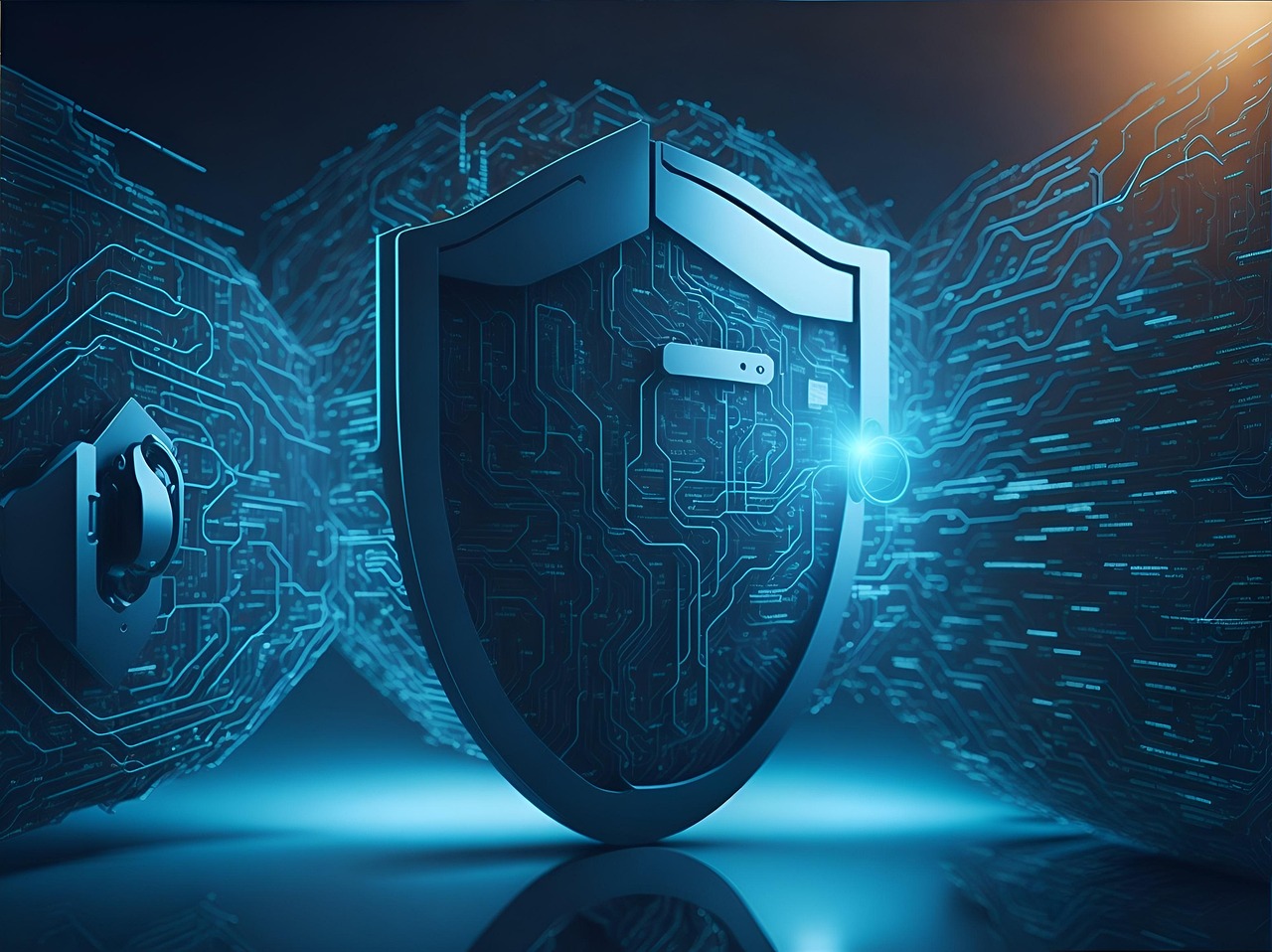
SonicWall has issued an urgent warning about a newly discovered zero-day vulnerability, CVE-2025-23006, in its Secure Mobile Access (SMA) 1000 Series appliances. This flaw leaves affected devices open to full system compromise, enabling attackers to remotely execute arbitrary commands. Given the potential severity, SonicWall is urging all users to apply patches immediately.
The SMA 1000 Series plays a vital role in secure remote access for organizations worldwide. These appliances act as gateways, enabling employees, contractors, and partners to connect securely to corporate networks. Because they serve as a bridge between internal systems and external users, they are a prime target for attackers. If compromised, they can provide a direct path for cybercriminals to infiltrate an organization’s infrastructure, steal data, or disrupt operations.
Understanding CVE-2025-23006
CVE-2025-23006 stems from improper handling of untrusted data during deserialization in the AMC (Access Management Console) and CMC (Central Management Console) components of SonicWall’s SMA 1000 Series appliances. This flaw allows remote, unauthenticated attackers to inject and execute arbitrary commands on affected devices, potentially gaining full control over them.
With a CVSS score of 9.8 out of 10, this vulnerability is one of the most severe security risks. A successful exploit could grant attackers unrestricted access to the system, allowing them to steal sensitive data, deploy malware, or disrupt business operations. Given the high level of risk, organizations using SMA 1000 devices must act immediately to prevent exploitation.
Active Exploitation in the Wild
SonicWall has acknowledged that CVE-2025-23006 may already be under active exploitation by unidentified threat actors. While details about specific attacks remain limited, the possibility of real-world exploitation raises the stakes for organizations relying on SMA 1000 Series appliances.
If successfully exploited, this vulnerability poses a direct threat to the integrity of affected systems. Attackers could exfiltrate sensitive data, alter configurations to weaken security defenses or render the device unusable, disrupting remote access for an entire organization.
“Fundamentally, this is once again a vulnerability that applies to organizations with VPN, remote access, or network management devices with administrative interfaces that are Internet accessible," says John Bambenek, president at Bambenek Consulting. "This is always a bad idea, especially considering the level of targeting these technologies have been under in the last 18-24 months.”
Immediate Action Required
SonicWall is urging all organizations using SMA 1000 Series appliances to apply the available patch immediately. Delaying remediation leaves systems exposed to potential attacks that could lead to full compromise.
To verify that the patch has been installed correctly, customers should follow SonicWall’s official guidelines, which include checking firmware versions and confirming that the update has been successfully applied. Additionally, organizations should refer to the SMA 1000 Administration Guide, specifically the section on best practices for securing the appliance, to reinforce their overall security posture.
Beyond patching, monitoring for suspicious activity is essential. Attackers who have already exploited the vulnerability may have established persistence within affected networks. SonicWall recommends reviewing system logs, auditing administrative access, and implementing network segmentation to mitigate damage. Organizations should also consider zero trust access controls and enhanced monitoring to detect any lingering threats.
“Securing mobile access points is one of the key points in enterprise infrastructure resilience," says Boris Cipot, senior security engineer at Black Duck. “Software risk is business risk, so knowing about such incidents and acting quickly to mitigate them should be an established process in every organization. This is not only true for hardware appliances but also for software employees are using.”
The Broader Implications
CVE-2025-23006 is yet another reminder of how dangerous deserialization vulnerabilities can be. Attackers have increasingly targeted flaws in the way software processes untrusted data, often leading to remote code execution and full system compromise.
For organizations that rely on secure remote access solutions, zero-day flaws pose a major risk. These systems serve as critical entry points for employees and partners, but when compromised, they become an open door for attackers. A breach can result in stolen data, operational disruptions, and potential regulatory consequences, especially in industries that handle sensitive information.
This latest vulnerability reinforces the need for proactive security measures. Patch management alone isn’t enough—organizations must also limit public exposure of administrative interfaces, implement network segmentation, and strengthen incident response strategies.
Closing the Gap
CVE-2025-23006 represents a serious security threat to organizations relying on SonicWall’s SMA 1000 Series appliances. With active exploitation suspected and a critical severity score, the risk of system compromise is too high to ignore. Left unpatched, this vulnerability could give attackers complete control over affected devices, putting sensitive data and remote access infrastructure in jeopardy.
SonicWall customers must act now. Applying the available patch is the first and most important step, but it shouldn’t stop there. Organizations should verify that the update has been installed correctly, monitor for suspicious activity, and reinforce their security posture through best practices like network segmentation and zero trust access.
Mitigating these threats requires a joint effort. Security vendors must continue providing timely patches and guidance, while organizations must prioritize fast response times and proactive defenses. In an era where attackers are constantly looking for new ways in, a strong, collaborative approach to cybersecurity is the best way to keep systems and data safe.